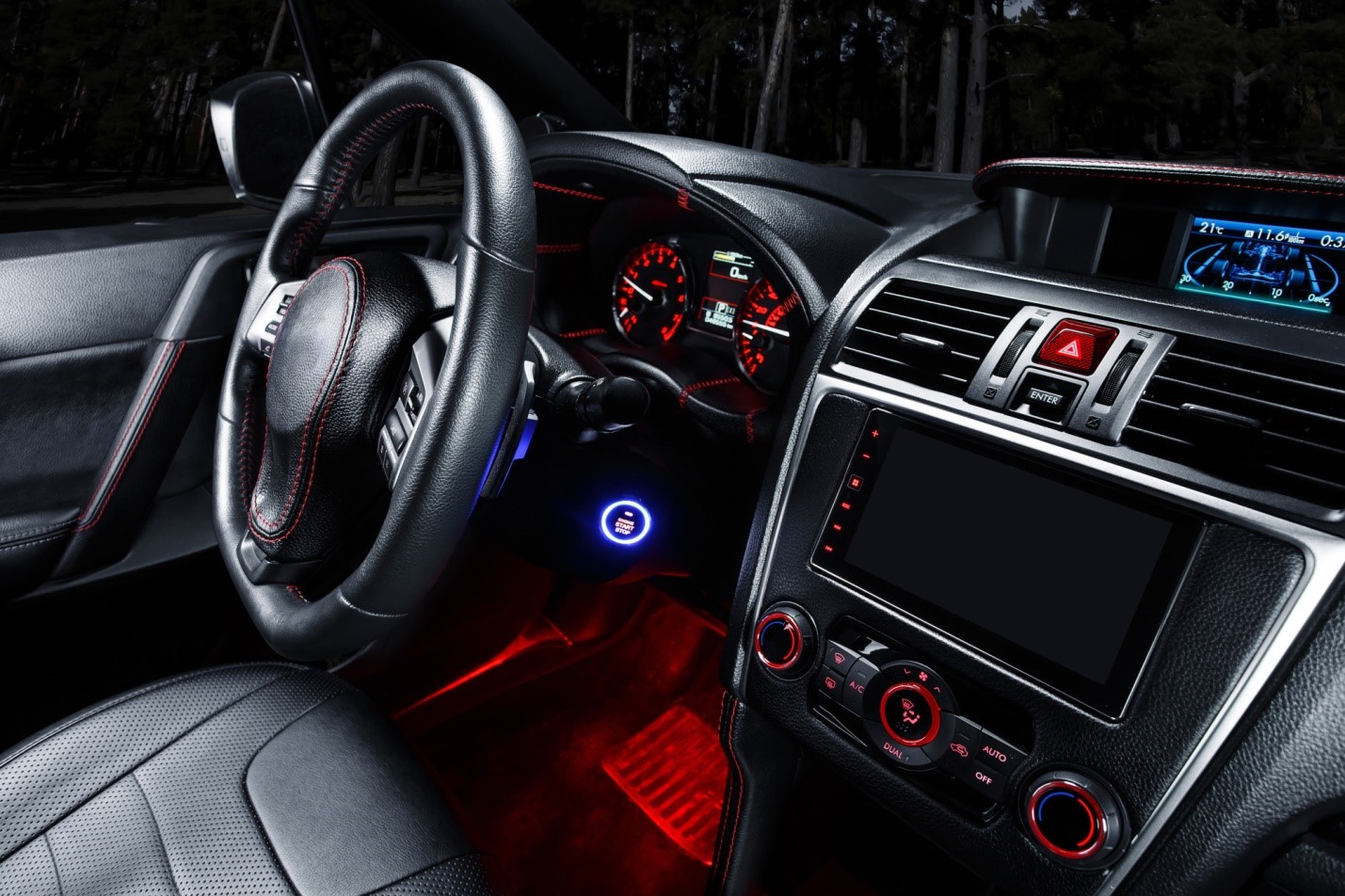Purchasing a car recently involved in an accident is common for those that shop through auto classifieds. Although the purchaser may not know the car is a lemon at the time of purchase, he will soon discover this after finalizing the purchase. Avoid the repetitive mistake others make by ensuring your new purchase is lemon-free.
Auto classifieds online are an ideal way to compare numerous vehicles at the same time. Oftentimes, the vehicles are even in separate states. Choosing to purchase a vehicle through auto classifieds without inspecting it first leads to inevitable consequences. Ensuring the vehicle is a great purchase takes more than just looking at the interior of the car or taking a quick look under the hood. Many people pay attention to how spectacular the vehicle looks on the outside, they forget about inspecting the inside. This common mistake often leads to purchasing a lemon vehicle.
Qualifying a vehicle as a lemon means the vehicle is highly flawed but the severe damage is not obvious without a thorough inspection by a qualified automotive mechanic. Protecting the potential buyer from such deceitful practices, various states created lemon laws, which are specific to each state. Knowing how to recognize a lemon vehicle alleviates the loss of time and effort fighting a lemon vehicle purchase in court.
Protecting yourself from purchasing a lemon vehicle is simple to do. Before beginning the steps, you must remember to avoid focusing on the outside of the car and remember to focus on the inside of the car. Also, take your time and avoid rushing through the process. The salesperson may tell you there are other buyers and try to rush you into a decision. Avoid this trap at all costs. This is a red flag warning you to stay away from purchasing this vehicle. There are other steps to take to ensure the vehicle is lemon-free.
1. Research the Vehicle Identification Number (VIN). Most through an auto classifieds websites show the VIN number of the vehicle within the posting. Take this VIN number and research it with a popular VIN research website. These research sites provide thorough information about the vehicle based on the VIN provided. Some of the information included in the report shows: the number of owners, high mileage, fleet car, accidents, flooding, totaling, airbag deployment and more. This information registers to these sites collectively by: the Department of Motor Vehicles, insurance companies and automatic alert systems installed in newer vehicles.
2. Plan a trip to visit the vehicle in person. While researching vehicles through auto classifieds is fun and convenient, visiting the vehicle in person could prove another story. When visiting the vehicle, ensure no VIN plate tampering by closely looking at the VIN on the dashboard and comparing it to the VIN etched on the car. This etching is located inside the driver side door and near the latch.
3. Hire a mechanic for the day. Many times, a mechanic will gladly travel with you to inspect a vehicle if. The best mechanic to hire for this trip is a mechanic that you often work with. Hiring a personal mechanic is best since he will inspect beyond the normal call of duty to ensure his friend makes a great purchase.
4. Test drive. Drive your potential new car to the limits and pay close attention to any abnormal malfunctions. This definitely indicates a problem.











